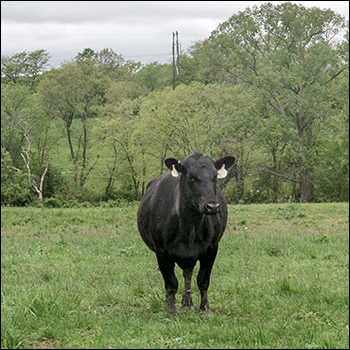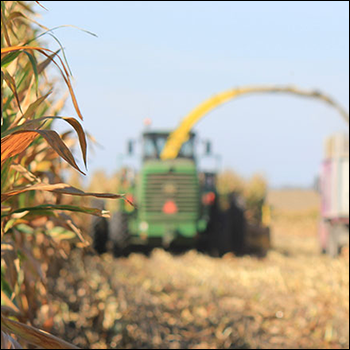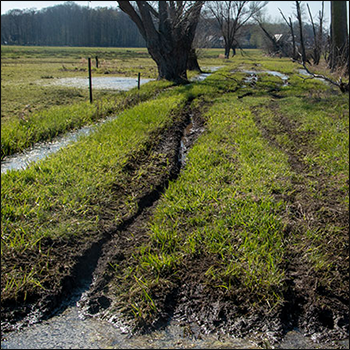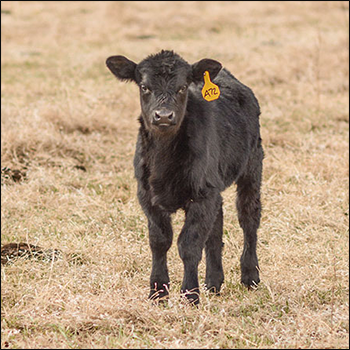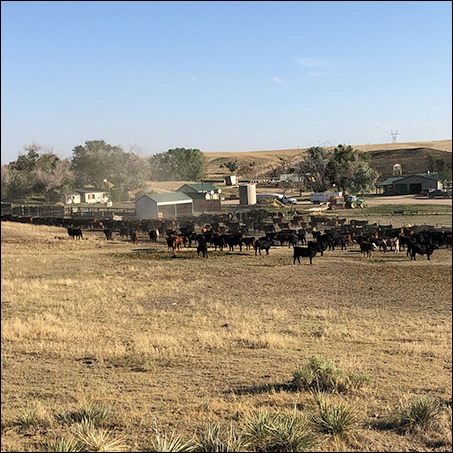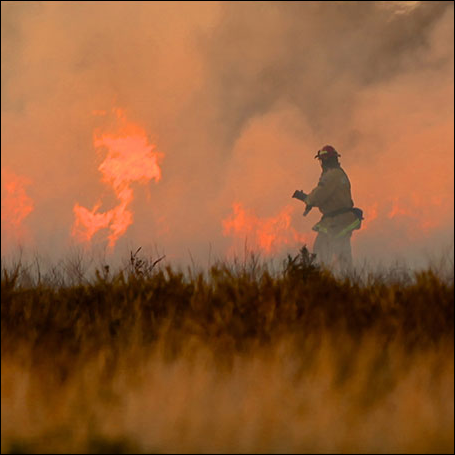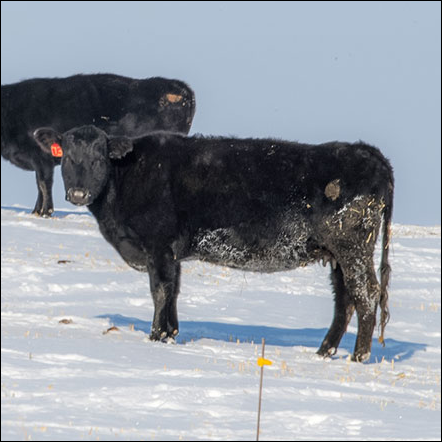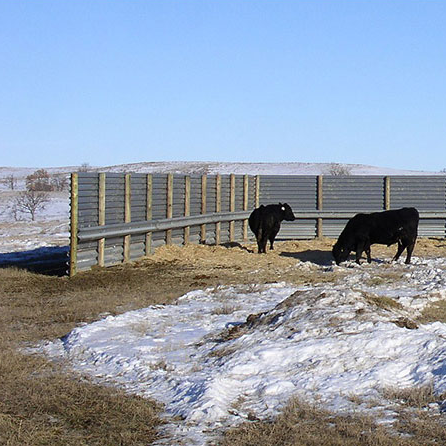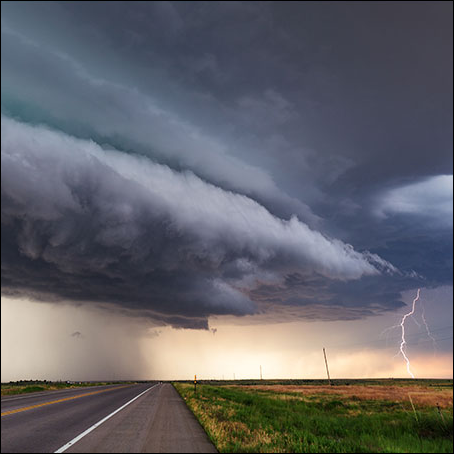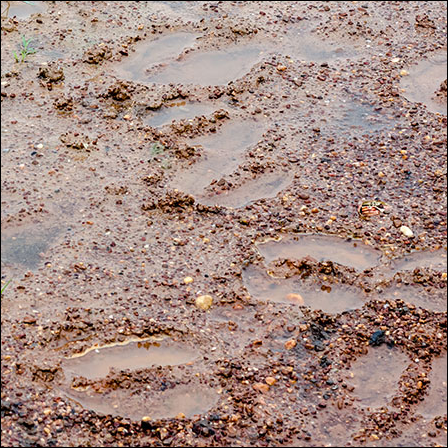Nitrogen Research for Pastures
Research helps control risk on nitrogen investments, improve forage yields and water quality.
University of Missouri (MU) Extension forage researchers studied the effects of treated urea products on soil fertility, forage yield and quality.
This information can help producers control risk on nitrogen (N) investments, improve tall fescue forage yields and improve water quality.
MU Extension specialist Ryan Lock led the study to evaluate commercial nitrogen products in unbiased, replicated experiments. Lock is a member of the NRCS + MU Grasslands Project.
The study examined how Anvol® nitrogen stabilizer prevented ammonia volatilization and performed in 56 plots in north-central and southwestern Missouri compared to urea, ammonium nitrate and SuperU®, a urea-based granular fertilizer.
They found that Anvol-treated fescue provided yields equal to other nitrogen products and outperformed ammonium nitrate and SuperU when applied at higher rates. Lock’s work also shows that the right rate for spring nitrogen application rarely exceeds 50 pounds (lb.) per acre in most hay harvest systems.
The findings will help producers and agronomists reduce urea volatilization and denitrification for better returns on investment and improved water quality, Lock says.
Surface-applied urea fertilizers can lose significant amounts of their nitrogen due to ammonia volatilization. Temperatures, precipitation and wind also contribute to losses.
In the study, researchers compared products at different rates in spring and fall tall fescue plots at MU research farms in Linneus and Mount Vernon.
They also measured the quality of spring-grown forage to determine if the nitrogen products improved crude protein or affected fiber development.
They applied products at rates of 50 lb. and 100 lb. per acre on March 23 in southwestern Missouri (Mount Vernon) and on March 31 in north-central Missouri (Linneus). Fall fertilizer was applied at 75 lb. per acre. They aimed to apply fertilizer when there was less than 20% chance of rain in the next five days. This was done to provide conditions favorable for volatilization.
They collected soil samples before fertilizing and after harvest to measure nitrate and ammonium concentration down to a depth of 24 inches (in.).
“We wanted to understand if and how nitrogen moved through the soil profile based on the nitrogen source and protective products applied,” Lock says.
They applied fall nitrogen Aug. 17 in Mount Vernon and Aug. 20 in Linneus. After fertilization, 13 days elapsed before any rain (0.43 in.) fell in southwestern Missouri.
Drought in Missouri factored into the 2020 autumn results, Lock says. For the spring phase of the study, southwestern Missouri received average precipitation. Then, at the time to begin fall stockpile, it dried up.
Southwestern Missouri received less than an inch of precipitation in a 90-day autumn period, and northern Missouri ran 10 in. below normal for the growing season. This resulted in very poor forage growth, Lock says.
For the spring harvest in May, tall fescue grew to boot stage. All four nitrogen products produced about 6,200 lb. per acre of forage when nitrogen was applied at a rate of 50 lb. per acre. At 100 lb. per acre, Anvol showed the highest numeric yield at 7,100 lb. per acre but did not differ from urea. However, Anvol did outperform ammonium nitrate and SuperU at the 100-lb.-per-acre rate.
In general, the first 50 lb. of nitrogen per acre provided about 1,100 lb. per acre of forage.
Only Anvol and urea gave a similar response when an extra 50 lb. of nitrogen was added. Lock notes that it is difficult to explain why urea outperformed SuperU in the 100-lb. category. Lock noted that ammonium nitrate’s performance lagged in 2020.
“We know volatilization happens less frequently in spring, and from this data it is clear that volatilization did not occur, but Anvol provided nitrogen as well as or better than all the products within an N rate category,” Lock says. “We did not detect treatment carryover in the summer regrowth. The July harvest was 2,050 pounds per acre regardless of N product.”
In the spring study, crude protein responded favorably to nitrogen. Rate of nitrogen rather than product formulation improved crude-protein percentages. Fiber content appeared to be unaffected.
In the fall study, yields were measurably different due to severe drought during the fall growing season in southwestern Missouri. Water shortages in 2020 overshadowed fall growth potential. Lock says that most southwestern Missouri farmers began feeding hay about 60 days earlier than normal. Yields were less than 500 lb. per acre.
Single-harvest yields did not show any differences among the nitrogen products.
Across all nitrogen products, the return on fertilizer investment — a number that often approaches 30 — was below 20, Lock says.
Lock says that nitrogen did not leach into the lower soil profile from any of the treatments. At these sites, denitrification seems not to be an issue at the moderate nitrogen rates they used.
Koch Agronomic Services, the seller of Anvol and SuperU, and the Missouri Fertilizer Control Board provided funding for the study.
Editor’s note: Linda Geist is a strategic communication associate for the University of Missouri Extension.
